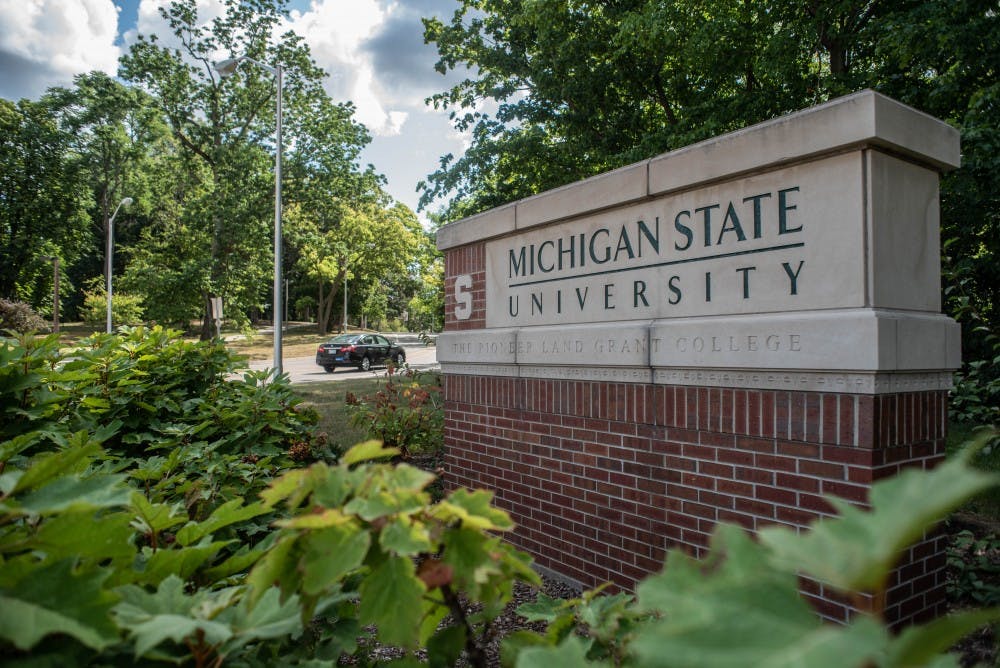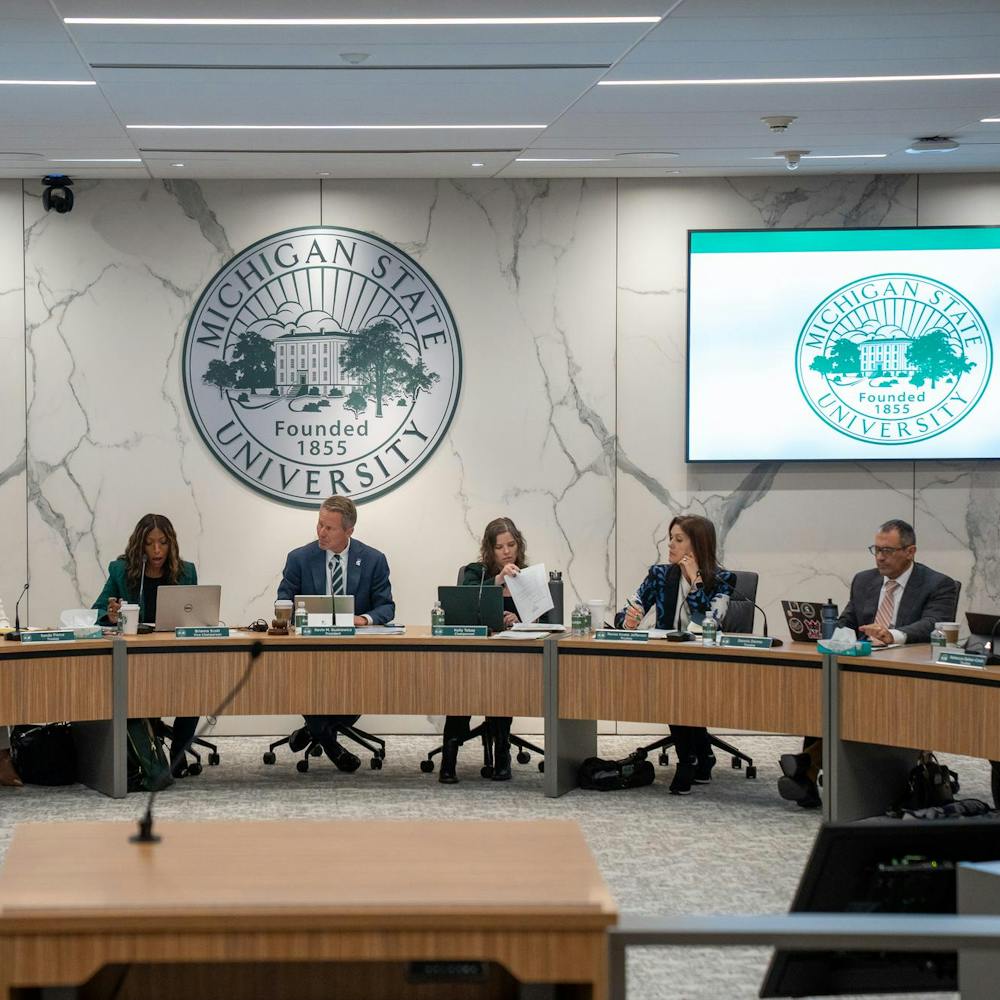Every college student experiences a major change in their lifestyle when they begin college, but students from rural communities often face culture shocks when they first step onto campus.
While East Lansing might not seem big to most, but to rural students it appears as a sprawling metropolis. Some students shared their perspectives on East Lansing and highlighted the five biggest culture shocks they have experienced at MSU.
1. Variety of restaurants
While many people complain about the lack of college bars and restaurants near campus, rural students are often overwhelmed by the amount of choices they have.
Having the ability to eat at the dining halls, Sparty’s, The Union, the International Center and all the other restaurants in East Lansing is an enormous luxury in the eyes of a small-town student.
Engineering freshman Ryan Lakatos, from Sand Creek, Michigan, said he has thrived with the variety of options.
“It’s definitely nice. I really like the dining halls on campus,” he said.
Lakatos said the close proximity of the dining hall and Sparty’s is more convenient than he anticipated.
However, for some students, it might not be the lack of options, it is a lack of variety.
Human biology freshman Gabby England said she enjoys the variety of food she can now have.
“Just even in the dining halls when they have the different groups of ethnic food, I have been trying to try some of those out that I’ve never had before,” England said. “It’s a lot different than Wendy’s, McDonald’s and all of the American burger places.”
2. The change in water
Rural students often have a completely different water system than the one used in East Lansing.
Mechanical engineering freshman Carter Stefanovski is from Whitmore Lake, a small town near Ann Arbor, and was used to his well water system. A well water system is a water system where each house has its own water system instead of the typical industrial pipe system in cities like East Lansing.
“I got a filter because (the water) was very different. ... It was very iron-y,” Stefanovski said.
The well water system taste can change house to house depending on the quality of the pump within the system, so the experience might be different from individual to individual.
Regardless, the taste of water can be a huge change.
3. Variety of transportation
Often the only means of transportation for rural residents is by car. There are no Gotcha scooters or CATA bus systems. In addition, there are not many Ubers or Lyfts in most small towns.
“It’s actually kind of fun. Back at home ... there weren’t many places to ride a bike, and I get to ride a bike every day, and I love it,” Stefanovski said.
Support student media!
Please consider donating to The State News and help fund the future of journalism.
However, Stefanovski said there are some drawbacks for students who miss the independence of their vehicles.
“I’m missing my truck right now,” he said.
4. Class size
Many new college students are blown away with the large lectures they have to take at some point in their college education, but for small town kids, it is an even bigger transition. For Lakatos, it was a huge transition.
“Almost all of my classes were down one stretch of a hallway. I had classes in five different classrooms at my high school,” Lakatos said. “The 300 to 400 kid lectures are just insane. I come from a school where I had a class of six kids my senior year.”
While a six-person class may be an extreme outlier, the large class sizes rural students are forced to adjust to can be an enlightening yet frightening experience.
5. Racial diversity
One of the biggest changes for all rural students is the diversity of the MSU student body. Often, the places rural students come from are predominantly white.
England is from Onsted, Michigan, a town that is 96.2% white, according to the 2010 census.
“In Onsted, it was basically all white people. So coming here, it’s definitely been a lot different on how much they embrace diversity and how much they make everyone try to feel ... welcome here,” England said.
England also has tried to find a way to truly embrace the diversity of MSU by trying out MRULE.
“A lot of different people show up and we talk about global issues. To get a perspective of those different people that are like, ‘I’m originally from this place and here, this happens,’ and it’s cool to hear about that. That is why I joined MRULE in the first place. Because of that diversity there,” England said.
While all college students experience serious change, students from rural backgrounds face perhaps some of the most unique culture shocks among the student body.
Discussion
Share and discuss “Five culture shocks for Michigan State students from rural towns” on social media.








